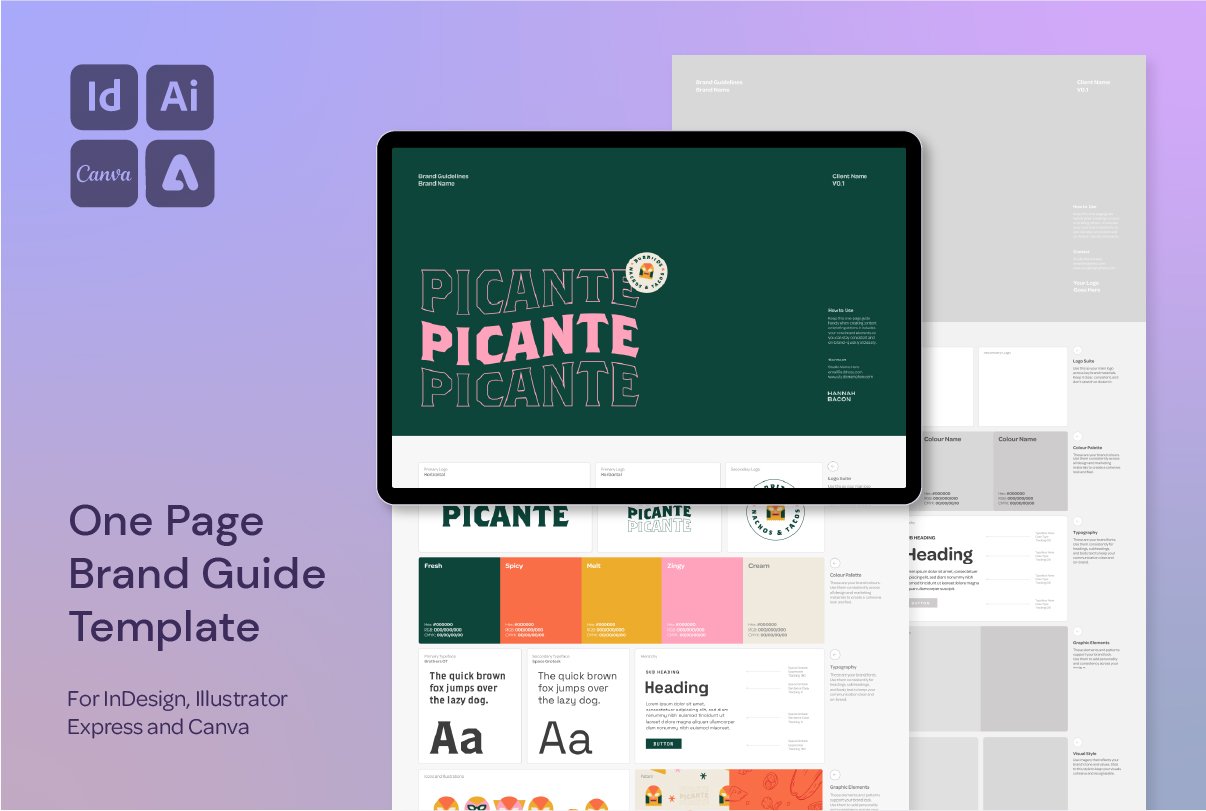How to Make Clean, Overlapping Art Brushes in Adobe Illustrator
Avoid Messy Overlaps: Create Segment-Based Art Brushes in Illustrator
If you’ve ever created an art brush in Adobe Illustrator and ended up with weird overlapping edges, you’re not alone. The default behaviour of Illustrator’s art brushes can leave parts of your brush repeating awkwardly—especially when you apply them to longer or curved paths.
But there’s a super simple solution: brush segments. In this tutorial, I’ll walk you through how to set up your brush artwork correctly using stretch guides, plus a little extra tip to make overlapping brushes visually weave together with Illustrator’s intertwine tool.
You can check out this video (and lots more!) over on my Instagram Page @hannah.bacon.design
Create a Seamless Art Brush in Illustrator
1. Create Your Brush Artwork
Start by drawing your brush artwork—this could be a set of repeating shapes, an organic line, or a stylised stroke
Make sure it’s all one connected object and visually consistent in style
2. Add Segments to the Artwork
To prevent distortion or stretching at the ends, divide your brush into sections
For example: end cap → repeating middle → end cap
You can either build these as separate groups or use graphic elements that work well repeated
3. Add to the Brush Panel
Select your brush artwork
Go to the Brush Panel → New Brush → Art Brush
Name it and choose Stretch Between Guides
4. Set the Stretch Guides
In the brush settings window, you'll see two guide markers
Drag the guides inward, leaving the end segments untouched
This tells Illustrator to only stretch the middle section, preserving the ends of the brush artwork
5. Apply the Brush
Use the Paintbrush Tool (B) or apply the brush to a stroke
The brush will now repeat cleanly, with no ugly overlaps or stretching in the wrong places
Optional: Use Intertwine for Even Cleaner Results
When your strokes start overlapping, Illustrator’s Intertwine Tool (newer versions) can help them look more woven together:
Select your strokes
Go to Object → Intertwine → Make
Click on the overlapping sections to tell Illustrator which lines should appear in front or behind
It’s not always perfect—but it's a great extra polish when things feel messy
Want More Time-Saving Tools and Freebies?
This process is just one of the techniques I share across my design templates and digital assets, made especially for designers who want professional results—without starting from scratch every time.




